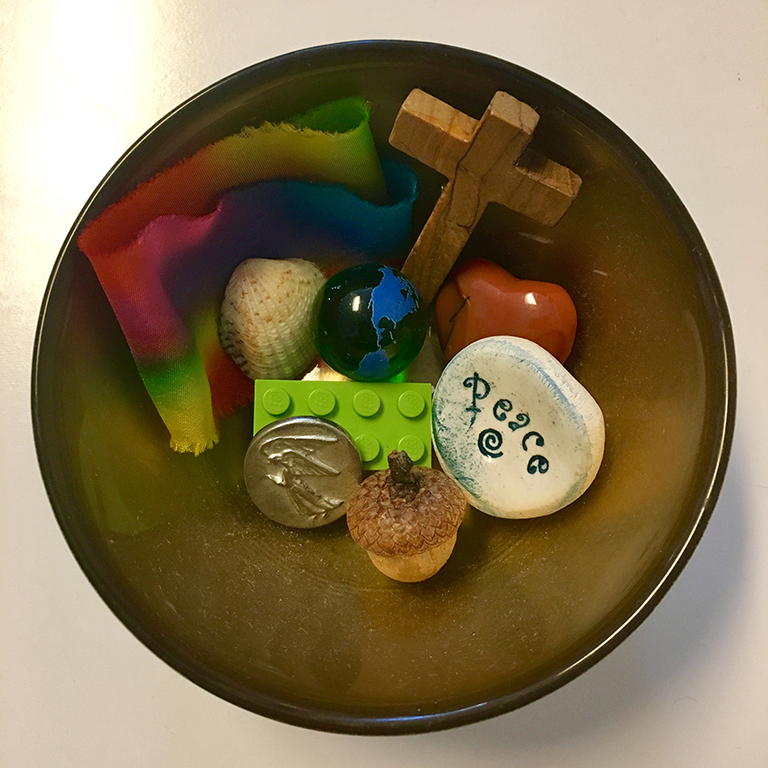A Child’s First Bible is one of so many children’s Bibles. It’s easy to feel overwhelmed by the variety and unsure of which is best for your bookshelf. So, here at ICM, we’ve compiled some of our thoughts and recommendations in this blog series where we’ll be reviewing some of today’s most popular children’s Bibles. […]
Reviews
Book Review: Faith at Home by Wendy Claire Barrie
Faith at Home: A Handbook for Cautiously Christian Parents by Wendy Claire Barrie is fantastic. I’ll just make my assessment clear from the get-go. It would be a valuable addition to any home or church library. It’s better than its cover lets on and is a must-read for all of us interested in passing onto […]
Rule #2: Don’t Be an Asshat: An Official Handbook for Raising Parents and Children
Rule #2: Don’t Be an Asshat: An Official Handbook for Raising Parents and Children is a new parenting book written by Bruce Reyes-Chow and Robin Pugh. Robin is an instructor at City College of San Francisco and Bruce is a pastor and author. If you’re looking for a fun book about raising kids, written by […]



